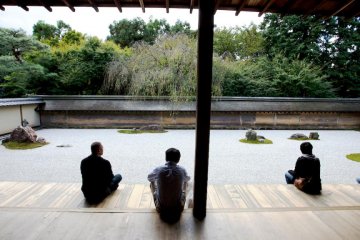
สวนหินที่ไรออนจิ เกียวโต
Bonson Lamสวนหินไรออนจิ ความงานแสนเรียบง่ายแต่มีพลังในการดึงดูดผู้คนจากทั่วโลก

Ryoanji Temple is home to Japan’s most famous Zen stone garden and one of Kyoto’s most iconic scenes. Believed to be built back in the Muromachi period (14th - 16th century), the origin and designer of the garden is still unknown to this day. The stones in the garden are intentionally placed so that one cannot view all 15 stones from any one angle.
The meticulous design of this karesansui (Japanese rock garden) leads many to credit the celebrated artist, Soami, as the garden’s creator—albeit unproven. The 248-square meter garden bears little trace of greenery, and is instead immaculately lined with raked white gravel. The seemingly random placement of the stones adds to the mystique of Ryoan-ji, its abstract layout leaving visitors questioning the meaning and purpose of the garden.
While the garden remains a mystery, the history of Ryoanji Temple is well documented. The temple buildings were originally a Heian Period villa, and were converted into a Zen temple in 1450. Now, Ryoanji is part of the Myoshin-ji school in the Rinzai sect of Zen Buddhism.
In 1994, Ryoanji’s immaculate zen stone garden was recognised as a UNESCO World Heritage Site, and is also designated as a Historic Monument of Ancient Kyoto.
7-minute walk from City Bus Stop Ritsumeikandaigaku-mae (from JR Kyoto Station/Hankyu Oomiya Station) 1-minute walk from City Bus Stop Ryoan-ji-mae (from Keihan Sanjo Station) 7-minute walk from Railway Ryoan-ji Station on the Keifuku Kitano Line

สวนหินไรออนจิ ความงานแสนเรียบง่ายแต่มีพลังในการดึงดูดผู้คนจากทั่วโลก

ตั้งแต่สมเด็จพระราชินีนาถเอลิซาเบธที่ 2 แห่งสหราชอาณาจักรเสด็จมาเยือนสวนหิน rock garden และเอ่ยชมที่นี่อย่างมากในปี 1975 ผู้คนมากมายแห่กันมาที่วัดเรียวอันจิ Ryoan-ji Temple ทุกวัน หิน 15 ก้อนถูกจัดเรียงเป็น 5 กลุ่มบนสวนทรายขาว
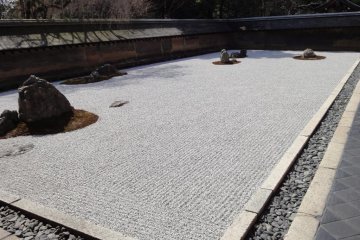
ตั้งอยู่ในสวนขนาดใหญ่ที่มีสระน๋ำ 'วัดเรียวอันจิ' เป็นวัดที่มีสวนเซ็นที่มีชื่อเสียง

ปล่อยใจตัวเองไปกับโรงแรมบูติคแบบอาร์ตเดโคในใจกลางเมืองเกียวโตแห่งนี้ ใครจะเคยคิดว่าศิลปะอาร์ตเดโคและรินปะจะผสมผสานกันได้อย่างลงตัว?
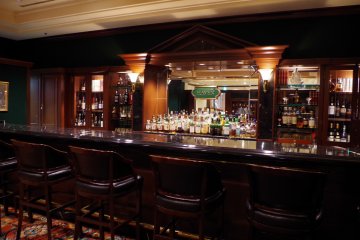
การตั้งอยู่เหนือถนนหลักของเกียวโตทำให้สามารถชมวิวงานเทศกาลรอบเมืองได้
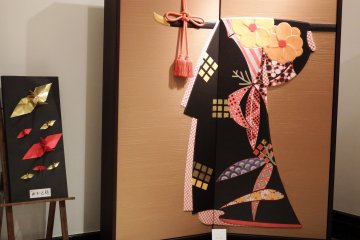
โรงแรมนิกโกะพรินเซสเกียวโต ที่ ชิโจคาราซุมะ มีห้องพักที่กว้างขวางเริ่มตั้งแต่ขนาด 24 ตารางเมตร แบบซิงเกิ้ลรูม จนไปถึง 48 ตารางเมตร สำหรับทวินรูม พนักงานได้รับการฝึกอบรมมาอย่างดี คุณภาพเยี่ยมทั้งมารายาทและการบริการ เป็นโรงแรมที่ดีเลยทีเดียวสำหรับนักท่องเที่ยวที่ต้องการพักผ่อนหลังจากการเดินทางอันเหน็ดเหนื่อย
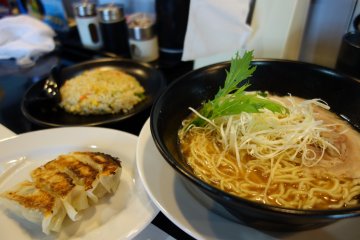
Kazu ราเม็ง ร้านราเม็งสุดแนวให้พักเติมพลังและเล่น wifi ระหว่างวัดทอง Kinkakuji และวัดสวนหิน Ryoanji

คาเฟ่ไม่ธรรมดาแห่งนี้ตั้งอยู่ในอาราชิยามะสถานที่ท่องเที่ยวยอดนิยมของเมืองเกียวโต สมัยก่อนที่นี่เคยเป็นโรงอาบน้ำเก่า เมื่อเลิกกิจการไปจึงถูกดัดแปลงเป็นคาเฟ่สุดโมเดิร์น ที่ยังคงเก็บรักษาเอกลักษณ์เดิมหลายอย่างของโรงอาบน้ำเก่าเอาไว้ เช่น ศิลปะบนแผ่นกระเบื้อง กระจก และก็อกน้ำ เมนูของร้านซากะโนะ-ยูเน้นที่แพนเค้กและของหวานหลากหลายชนิดเป็นพิเศษ แต่ก็มีชุดอาหารกลางวันเป็นสลัดน้ำใสเสิร์ฟคู่กับพาสต้าประจำวันหรือข้าวแกงกะหรี่ และมีขนมปังกรอบกับแครกเกอร์สไตล์ญี่ปุ่นสำหรับซื้อกลับบ้าน นอกจากนี้ชั้นบนของร้านยังเปิดเป็นแกลเลอรี่ของตกแต่งบ้านแนวซักกะ (Zakka) น่ารักๆ ให้ได้เลือกช้อปเป็นของฝากอีกด้วย ร้านเปิดทุกวัน 11.00-20.00 น. อยู่ใกล้สถานีรถไฟ JR ซากะ อาราชิยามะ และสถานีซากะ ของรถไฟเคฟุกุ สามารถเดินเท้าถึงมาได้
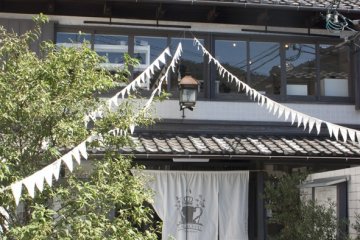
SAGANOYU จากโรงอาบน้ำโบราณสู่คาเฟ่าอันแสนเก๋แห่งอะราชิยาม่า
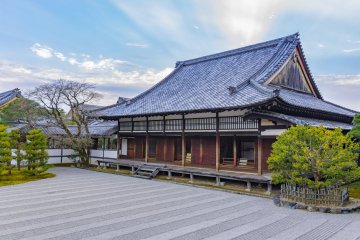
Ninna-ji Temple was founded in 888 and is a Buddhist temple in northeast Kyoto that is closely associated with the imperial family of Japan. It is the main temple of the Omuro school of the Shingon sect of Japanese Buddhism. There are many Omuro School temples throughout Japan and many priests from these temples come to Ninna-ji to attend Buddhist services and to study and train in the main temple of their sect. Ninna-ji Temple is known not only for the building itself, but also for its prime location as a viewpoint for the late cherry blossom. He also has a beautiful Japanese garden from which you can see the famous five-story pagoda. Behind Ninna-ji Temple is the Omuro Pilgrimage, a shorter version of the Shikoku pilgrimage. This route can be covered in about two hours on foot, but is believed to have the same meaning as the Shikoku pilgrimage.
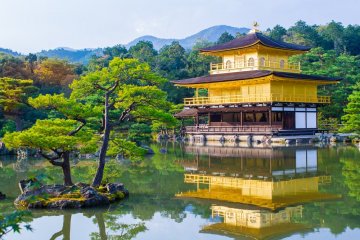
วัดคินคะคุจิ (Kinkakuji) ซึ่งรู้จักในชื่อศาลาทองตั้งอยู่ทางเหนือของเมืองเกียวโต ชั้นบนทั้งสองชั้นของศาลาปิดคลุมด้วยแผ่นทองคำบริสุทธิ์ และรายล้อมด้วยสระน้ำที่สะท้อนภาพของวัดได้อย่างงดงาม คุณจะต้องเดินไปตามเส้นทางเดินที่จะนำคุณไปชมรอบวัด หลังจากนั้นคุณสามารถนั่งพักจิบน้ำชาแก้มขนมหวานในสวนที่รายล้อมด้วยต้นไม้นานาพรรณ หรือเลือกซื้อของฝากของที่ระลึกในร้านที่อยู่สุดทาง

Keishunin (桂春院) is one of the sub-temples of Myoshin-ji containing gardens and a teahouse.